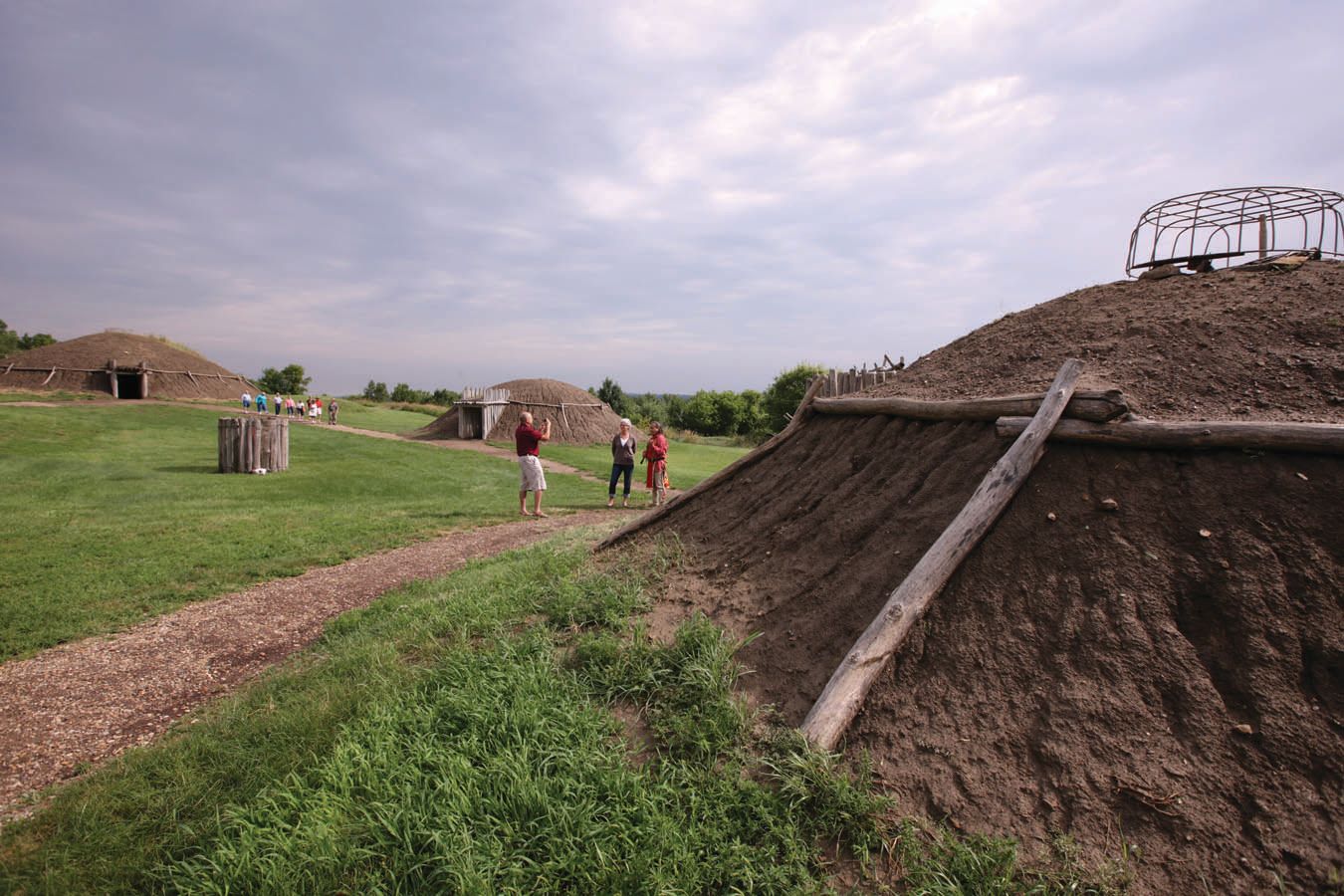Secrets Of North Dakota’s Indigenous Gathering Sites

Have you ever wondered about the hidden stories behind North Dakota's indigenous gathering sites? These places hold rich histories and cultural significance. From sacred rituals to community meetings, these sites have been central to the lives of Native American tribes for centuries. Visiting them offers a unique glimpse into traditions and ways of life that have been passed down through generations. Whether you're a history buff or just curious, exploring these locations can be a deeply enriching experience. Let's dive into the fascinating world of North Dakota's indigenous gathering sites and uncover the secrets they hold.
Discovering North Dakota's Indigenous Gathering Sites
North Dakota is rich in history and culture, especially when it comes to its indigenous heritage. The state is home to numerous sites where Native American tribes once gathered for ceremonies, trade, and community events. These places offer a glimpse into the past and a deeper understanding of the traditions and lives of the indigenous people.
1. Knife River Indian Villages National Historic Site
Located near Stanton, this site was once a bustling hub for the Hidatsa, Mandan, and Arikara tribes. The Knife River Indian Villages National Historic Site preserves the remnants of earth lodges and other structures. Visitors can explore the reconstructed earth lodge, walk the trails, and learn about the daily lives of the tribes through exhibits and interpretive programs.
2. Fort Abraham Lincoln State Park
Fort Abraham Lincoln State Park, near Mandan, is another significant site. It features reconstructed earth lodges of the Mandan tribe. The park also includes the On-A-Slant Village, which was inhabited by the Mandan people before European contact. Guided tours provide insights into the history and culture of the tribe, making it a must-visit for history enthusiasts.
3. Double Ditch Indian Village State Historic Site
Situated along the Missouri River, Double Ditch Indian Village was a large Mandan settlement. The site features visible earthwork fortifications and depressions where earth lodges once stood. Interpretive signs and trails help visitors understand the layout and significance of the village. It's a fascinating place to explore the ingenuity and resilience of the Mandan people.
4. Huff Indian Village State Historic Site
Huff Indian Village, located south of Mandan, is an archaeological site that dates back to the 15th century. This site was a fortified village of the Mandan tribe. The layout of the village is still visible, with depressions marking the locations of earth lodges. It's a quiet and reflective place to appreciate the history and culture of the Mandan people.
5. Menoken Indian Village State Historic Site
Menoken Indian Village, near Bismarck, is an ancient settlement that dates back over 800 years. This site provides a glimpse into the lives of the early Plains Village people. Archaeological excavations have revealed artifacts and structures that tell the story of the village's inhabitants. Interpretive signs and trails guide visitors through the site, offering a window into the past.
6. Chief Looking's Village
Perched on a bluff overlooking the Missouri River in Bismarck, Chief Looking's Village is a historic Mandan site. The village was named after a prominent Mandan chief. Visitors can explore the site, which includes visible earth lodge depressions and interpretive signs. The panoramic views of the river and surrounding landscape add to the experience.
7. Fort Berthold Indian Reservation
The Fort Berthold Indian Reservation is home to the Three Affiliated Tribes: the Mandan, Hidatsa, and Arikara. The reservation includes several historic and cultural sites, such as the Earth Lodge Village and the Hidatsa Fish Camp. Visitors can learn about the tribes' history, culture, and contemporary life through tours and cultural events.
8. Turtle Mountain Indian Reservation
Located in northern North Dakota, the Turtle Mountain Indian Reservation is home to the Turtle Mountain Band of Chippewa Indians. The reservation features cultural sites, including the Turtle Mountain Chippewa Heritage Center. This center offers exhibits and programs that highlight the history and traditions of the Chippewa people. Visitors can also explore the beautiful natural landscapes of the area.
9. Standing Rock Indian Reservation
Straddling the border between North Dakota and South Dakota, the Standing Rock Indian Reservation is home to the Lakota and Dakota Sioux tribes. The reservation includes significant cultural sites, such as Sitting Bull's burial site and the Standing Rock Monument. Visitors can learn about the history and culture of the Sioux people through museums, cultural centers, and events.
Embracing North Dakota's Rich Heritage
North Dakota's indigenous gathering sites offer a unique glimpse into the past. These places are more than just historical landmarks; they are living stories of the Native American tribes who once thrived here. Visiting these sites, like the Knife River Indian Villages or the On-A-Slant Village, provides a deeper understanding of the culture and traditions that shaped this region.
Respecting and preserving these sites is crucial for future generations. They serve as a reminder of the resilience and ingenuity of the indigenous people. Whether you're a history buff or just curious, exploring these gathering sites can be a rewarding experience.
Next time you plan a trip, consider adding North Dakota's indigenous gathering sites to your itinerary. You'll walk away with a richer appreciation for the land and its original inhabitants.

